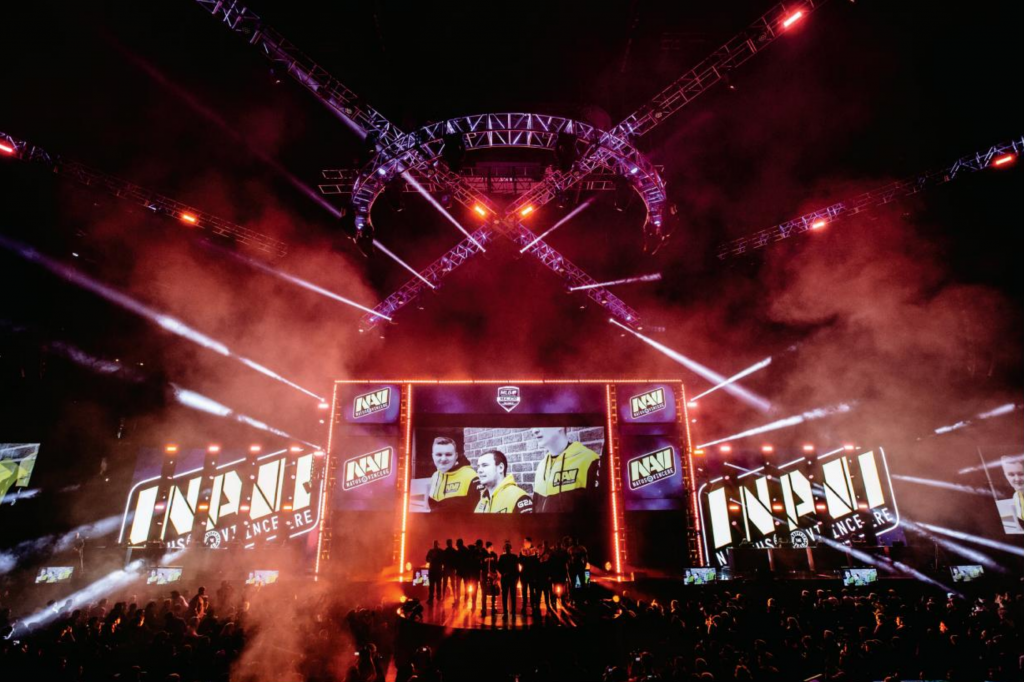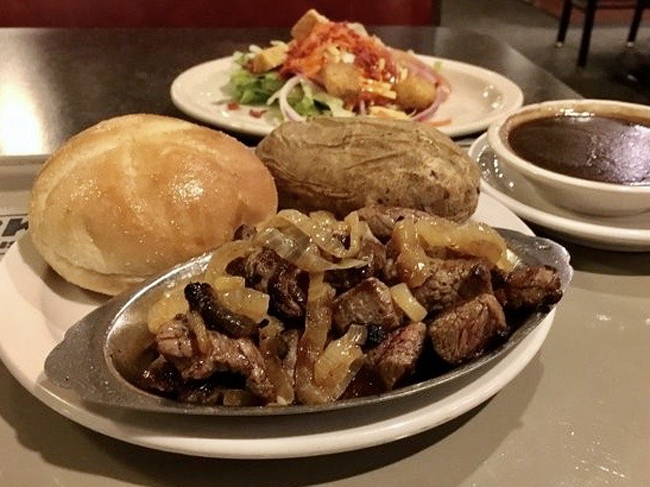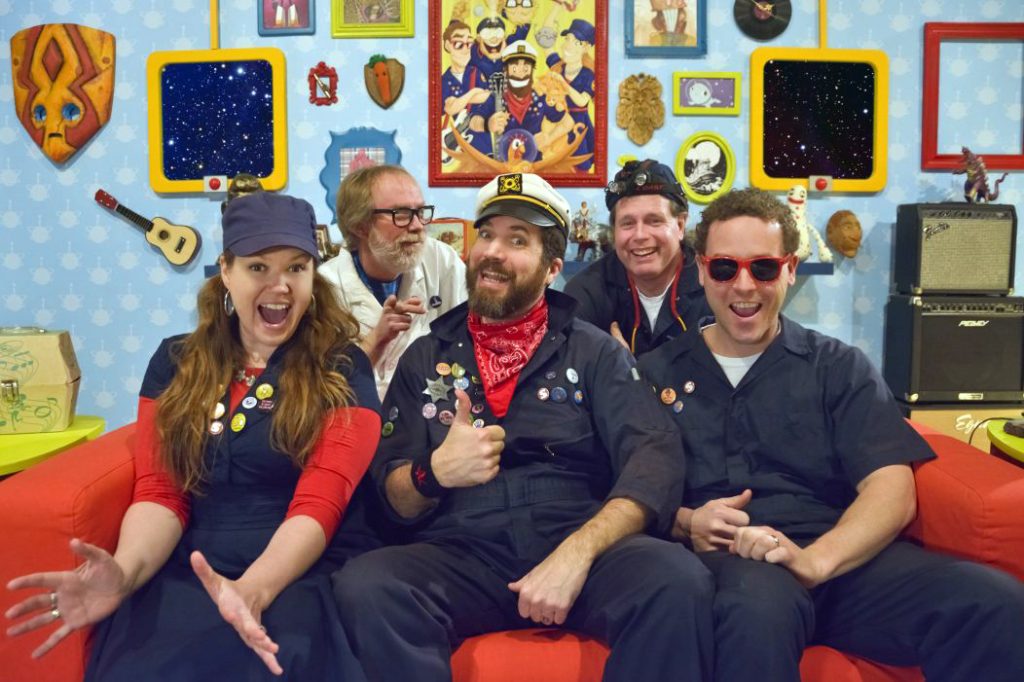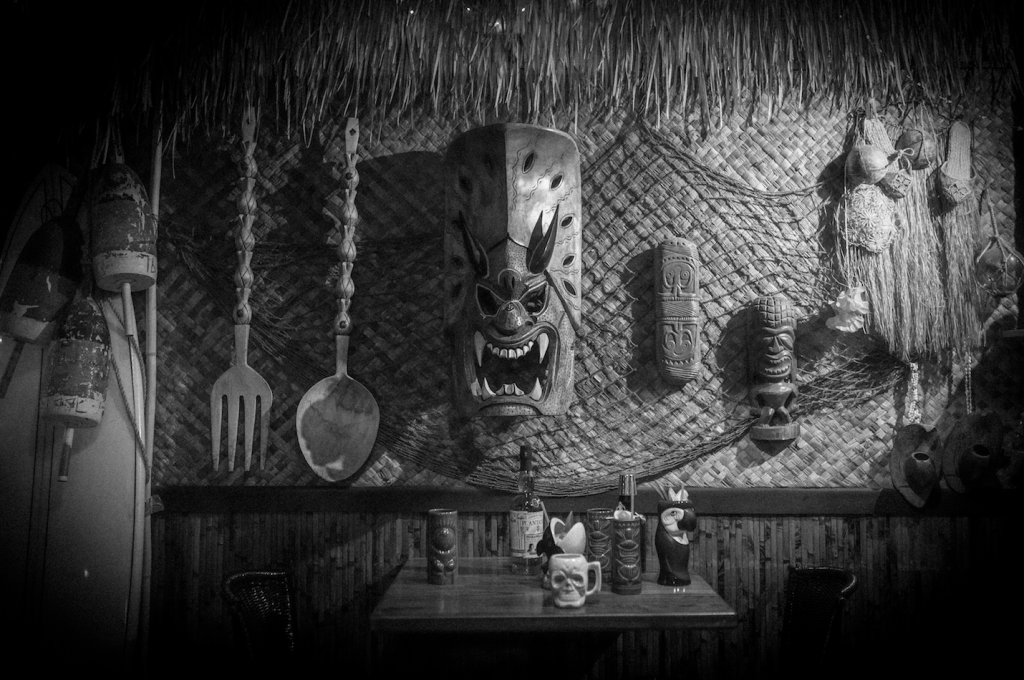Originally published in the Spring 2020 issue of Stock & Barrel
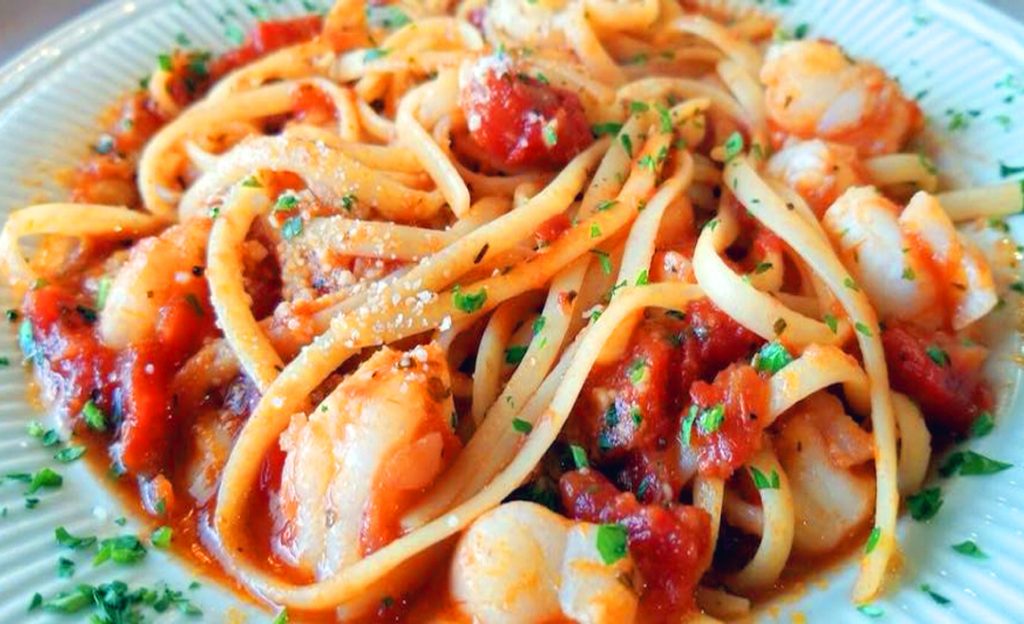
In 1929, the iconic, art deco skyscraper we now know as LeVeque Tower was more than just a monument of modern engineering. It was a landmark visible up to 20 miles away in the early days of passenger aviation, and why Transcontinental Air Transport chose Columbus as its new Midwest crossroads. Promising travel from New York to Los Angeles in 48 hours through a network of trains and planes, aircraft emblazoned with the “TAT” logo flew low over “Flytown”, a working class community of immigrants who figuratively and literally lived in the shadow of the latest, lavish addition to the city skyline.
Italian, Greek, and Lebanese neighbors mingled among the Irish who preceded them, as well as African Americans fleeing the Deep South. Though the community is all but forgotten, ultimately leveled by urban planners in the name of progress, a different kind of monument remains — because this was also the year that Pete and Philomena Corrova opened TAT Ristorante Di Famiglia. Long since relocated to the corner of James and Livingston where Bexley and Whitehall meet, it’s still thriving nearly a century later.
“My father saw the planes overhead with TAT on the side, so that’s what he decided to name his restaurant. About ten years ago I started telling everybody it means ‘Take Any Table’,” said Jimmy Corrova, whose parents’ original restaurant has become part of local culinary folklore. “My father was the first to bring pizza to Columbus. In the old country, you’d take leftover dough, stretch it, squeeze a little tomato on it, add some basil, maybe anchovy, and that was it. Now, you can put anything on a pizza.”
Family restaurants rarely fail so much as fade away. Not so with the Corrovas. Jimmy, his wife Dolores, their children and grandchildren are all part of the TAT legacy. Jimmy still insists on seasoning the sauces himself, and Dolores arrives hours before the doors open every day. Daughters Marianne and Michelle run the front and back of the house, respectively. They know their regulars by name, and often their orders before they’re seated. It’s a passion and consistency that can’t be bought, only handed down from one generation to the next.
The Corrova influence spread throughout Central Ohio, from the former Antone’s in Worthington to Gatto’s in Clintonville, both started by extended family members. Even the Florentine in Franklinton was started by cousins. Jimmy revealed he nearly bought the business back in 2016 when it closed, lamenting the loss of the west side landmark.
“I’ll never knock another restaurant. Everyone has their own tastes, but we prefer to do things the way we always have,” Jimmy explained. “All of our ravioli and spaghetti are homemade. We still seal the edges with a fork and cut our own spaghetti. We roll every meatball by hand.”
The menu is exhaustive and inclusive, and far more than just the classics. From piccata to polenta, salmon to scallops, there are even two kinds of lasagna. The first is exactly what you would expect—expertly executed. But there’s also a “special lasagna” with a recipe modified due to rationing during WWII that proved so popular, they never stopped serving it. The only thing you’ll find that hasn’t been on the menu since before fenders had flares are several gluten-free options, evidence that TAT isn’t opposed to change, but hasn’t lost touch with why it’s still around either. Perhaps the only other item that may seem out of place is their famous “poor boy”. If you want the story behind the signature sandwich, no one tells it better than the Sicilian who invented it, and even has the trademark to prove it.
“When I was in high school, there were a bunch of us Italians and a couple of Irish boys who all sat at the same table for lunch. But we got tired of the sloppy joes and hot dogs they served,” Jimmy recalled. “So Eddie Carfagna brought real deli meat from his family’s grocery, I brought the Italian bread, and we all made sandwiches. We were all poor, so we called it a “poor boy”. After I graduated, we added them to the menu and sold them for 50 cents. We’d sell them by the dozens. We had them on special for our 90th Anniversary last year and sold 2,000 in a weekend.”
Not to be confused with its creole cousin the po’ boy, of which he was unaware at the time, Jimmy had the foresight to trademark the name “poor boy” and its constituent ingredients. They’re still a big seller, and were among the earliest foray into TAT’s brisk takeout business. But success breeds imitators, including a guy who soon started shipping frozen sandwiches made from cheaper cuts of meat to local grocery chains under the same name. Jimmy sent him a cease and desist, and ultimately sued him for $100k.
“Word got out about the lawsuit, and I was at Romeo Siri’s in Grandview when I was asked outside and told to drop the case because it had been fixed,” Jimmy laughed. “I sued him anyway and I won.” The judge awarded Jimmy $96,000, but it took him six years to collect — not counting his own payoffs to “fix” the case previously fixed against him. “I only ended up with $10k. But that’s more than I had, and it’s still my sandwich.”
Everything about TAT is authentic and on-brand. A step inside is a step back in time, from the service to the soundtrack. Loyal staff measure their tenure in decades, and songs from the ‘50s fill the family-style dining room that echoes a bygone era. Jimmy dresses the part of dapper don as though casual Friday was a conspiracy — and if he shakes your hand once, he’ll likely remember your face for the rest of his days.
The family quips they may need to open a drive-thru, noting a car’s recent close encounter with their men’s room wall. But they’re in no hurry to change anything, and that’s probably what customers appreciate most. Their salad dressings are so beloved, they don’t just sell them by the bottle, but ship them all over the country. One faithful patron was so concerned about missing her favorite meals while out of town for several weeks, TAT actually prepared her regular order in advance and froze enough so she could take them with her. When she passed away, they dedicated the booth where she sat and hung her picture next to it. Customers eventually become part of the Corrova family.
There may be no more fitting metaphor for TAT’s longevity than the giant, commercial mixer they still in use in the back of the kitchen. Jimmy bought it second hand for $50 from a local bakery decades ago, but it turned out to be so heavy he needed a tow truck to move it. Then the owner didn’t have the heart to charge him for it, so he ended up getting it free. They’re still using today, but Jimmy honestly didn’t know how old it really was until our interview. Upon closer inspection, we found a weathered brass plaque that read, “Century Machine Company, Cincinnati, Ohio, August 22, 1922”.
The irony did not escape Jimmy Corrova. “If you build it right, it will probably last forever.” ▩
TAT Ristorante Di Famiglia is located at 1210 S James Road. For more on their menu and history, visit tatitalianrestaurantcolumbus.com
